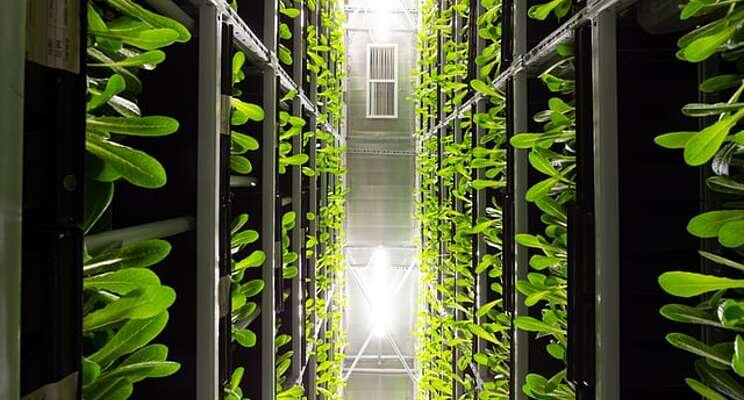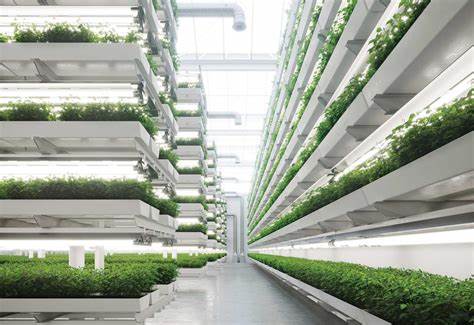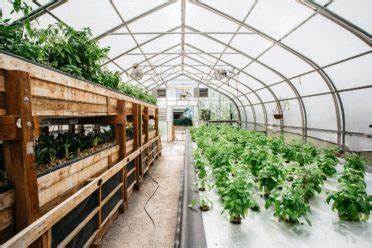
The Revolution of Vertical Farming: Exploring Benefits, Technologies, and Future Implications
Introduction
Vertical farming has gained significant attention in recent years as a groundbreaking concept in agriculture. This article provides an in-depth exploration of vertical farming and its relevance in today’s world. It also highlights notable vertical farming projects globally, emphasizing their potential benefits and impact on food production and sustainability.
Historical Background
To understand the evolution of vertical farming, it is important to delve into its historical context and significant milestones. This section uncovers the origins of vertical farming and discusses influential figures who have contributed to its development and popularization.
Key Concepts and Definitions
Before delving deeper into vertical farming, it is crucial to define its core components. This section provides a comprehensive understanding by defining vertical farming itself, as well as key terms such as hydroponics, aeroponics, and controlled environment agriculture. By clarifying these concepts, readers will gain a solid foundation for the subsequent discussions.

Main Discussion Points
Point – Vertical Farming Technologies and Infrastructure
Exploring different types of vertical farming systems, including tower farms, indoor farms, and rooftop farms, is essential to understanding the diverse approaches within the field. Additionally, this section sheds light on the role of artificial lighting, climate control, and automation in optimizing vertical farming projects for efficient and productive crop growth.
Point – Benefits and Advantages of Notable Vertical Farming Projects
Vertical farming projects offer numerous benefits, including increased food production and reduced land use. This section delves into these advantages, emphasizing the potential for year-round crop production and reduced water consumption. By harnessing these benefits, vertical farming has the potential to revolutionize the agricultural industry.
Point – Environmental Sustainability and Resource Efficiency
Vertical farming contributes to sustainability goals by utilizing resources such as water and energy efficiently. This section highlights the positive environmental impact of vertical farming by exploring how these projects can minimize resource consumption. Understanding the sustainability aspects of vertical farming is crucial in assessing its long-term viability.

Case Studies or Examples
To provide real-world context, this section showcases notable vertical farming projects from around the world. Projects such as AeroFarms in the United States and Sky Greens in Singapore are discussed in depth, highlighting their success and impact on food production and sustainability. These case studies demonstrate the practicality and potential of vertical farming.
Current Trends or Developments
Vertical farming is a field that is constantly evolving. This section explores recent trends in technology and practices, shedding light on the latest advancements. Additionally, research findings on the effectiveness of vertical farming projects in addressing food security and urban farming challenges are presented, allowing readers to understand the current state of the industry.
Challenges or Controversies
While vertical farming holds immense promise, it also faces challenges and controversies. This section addresses common obstacles faced by vertical farming projects, such as high initial investment costs and operational expenses. Furthermore, differing viewpoints and controversies regarding vertical farming, including concerns about nutritional quality and taste of produce, as well as criticisms related to carbon footprint and sustainability, are discussed.

Future Outlook
In this section, we speculate on the future implications and potential growth of vertical farming globally. Emerging technologies and innovations that have the potential to shape the future of vertical farming are explored. By analyzing current trends and advancements, readers gain insight into the potential impact of vertical farming on food production and sustainability.
Conclusion
Summarizing the main points discussed throughout the article, the conclusion reinforces the significance of notable vertical farming projects and their potential to revolutionize global food production and sustainability. The importance of continued research and development in this field is emphasized.
References
For readers interested in further reading or research, a comprehensive list of sources on notable vertical farming projects globally is provided. This list serves as a valuable resource for those seeking to delve deeper into the subject.




